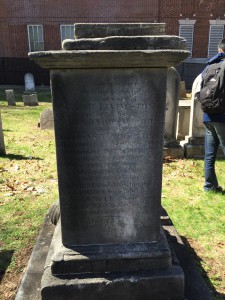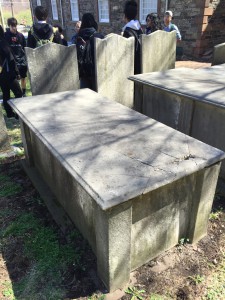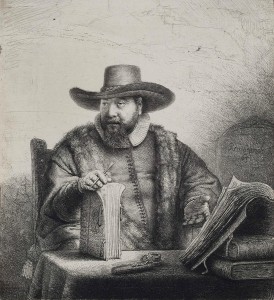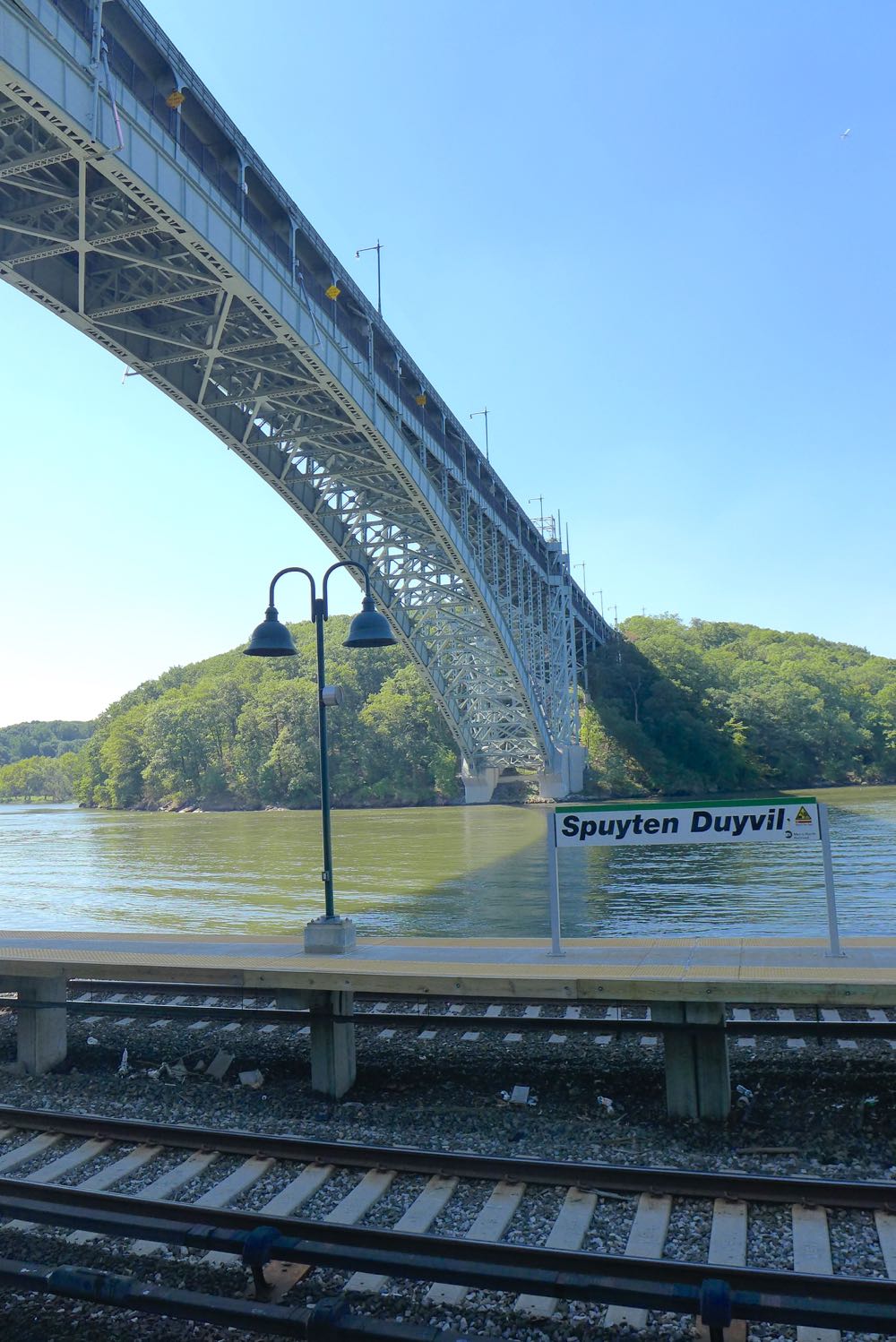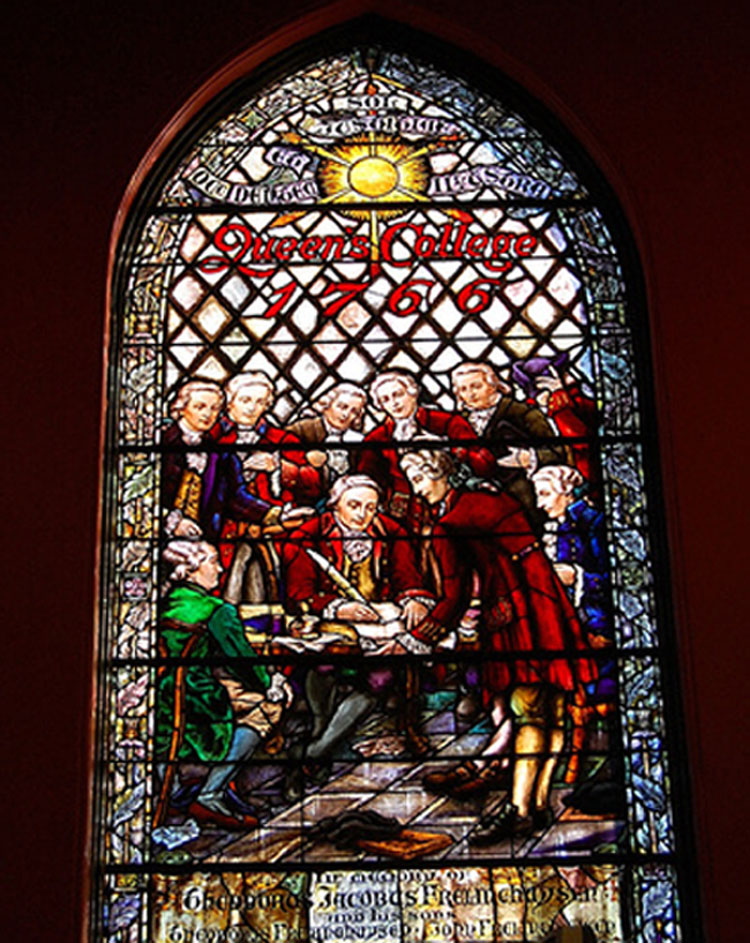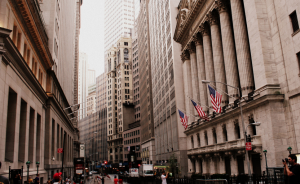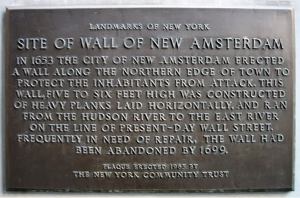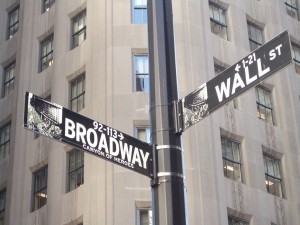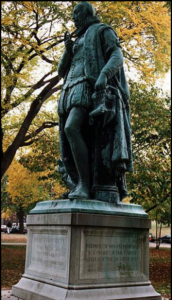
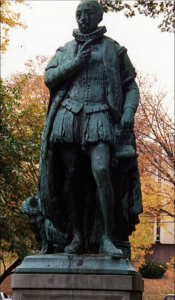
The statue of William the Silent stands on a square base, the statue being green, made of brass, and the base being an off-white, made of stone. William the Statue wears the clothes of a 16th century civilian, and is . The statue has a mustache and beard, with a small dog sitting at the base of his feet. In his hands, William has his right hand pointing upwards with his index finger pointing outwards, while his left hand holds a scroll. William wears traditional 16th century clothes, including a ruffled collar, a long coat and a buttoned vest.
Essay:
The statue of William the Silent is located at Rutgers University, specifically in front in Voorhees Mall on the College Avenue campus. The monument was donated in 1928, when the Holland Society of New York presented it to the University. This was on behalf of Fenton B. Turck, a physician who acquired it in the Netherlands after World War I. William the Silent, the Prince of Orange, led a revolution against Spain, which ultimately led to the creation and the formation of the Netherlands. Interestingly, he is called William the Silent for refusing to testify against the Queen. The statue commemorates the Dutch culture, a physical representation of the roots of Rutgers. The Dutch had an open culture as they were accepting of different religions and beliefs, which is a reminder of Rutgers diverse community. William the Silent inspired the founders of Rutgers, who admired the “freedom, tolerance and independence” he stood for (Yacoo). We picked this object because we have seen this object many times, but did not know the history behind it. After learning more about it, we also want to educate our fellow students, as many do not know the history surrounding it. Often, this statue is mistaken for William Shakespeare, which is a shame because of its rich background. Another interesting fact about this artifact is that it is actually a replica of a work by Dutch sculptor Lodewyk Royer. A mold from the original statue was preserved in Brussels during World War I and the government granted permission for one copy to be made, with the mold also being destroyed after. This replica was then purchased by Fenton B. Turck, who graciously gifted it to the University.
Bibliography:
Berkman, Lisa. “Faculty Members Signify Spirit of William the Silent.” The Daily Targum. N.p., 24 Feb. 2012. Web. 6 Apr. 2016. <http://www.dailytargum.com/article/2012/02/faculty-members-signify-spirit-of-william-the-silent?TNNoMobile>
Yacoo, Ryan. “William the Silent Stands Tall over U.” The Daily Targum. N.p., 13 Oct. 2005. Web. 6 Apr. 2016. <http://www.dailytargum.com/article/2005/10/william-the-silent-stands-tall-over-u->.
By:
Michelle Hayek, Biological Sciences and Political Science 2019
Namita Abraham, ITI 2019
Malvika Khanna, Finance 2019

